MACRO OCTOBER IN MARLERA - Episode Ten - ON THE 18TH OF OCTOBER
7
About :
The previous episode ended with the winged Lasius niger queen ready to fly and, if everything goes according to the reproduction plan, establish a new colony.
When I revisited Marlera three days later ...
... I came across the considerably bigger queens of another species. In this set of four photographs, you can see the Messor wasmanni queen digging the hole in which to start a new colony.
At this point, with the mating done, the queen has lost its wings.
The existing Messor wasmanni colony has released its reproductive members recently. Probably at the end of the previous day. Some winged & wingless males and females ended up in the fangs of spiders. Here you can see a reproductive male with elegant transparent wings caught by a crab spider much smaller than the ant.
Xysticus kempeleni is the name of this spider from the Thomisidae family. The strong venom paralyzes the insects instantly allowing the small spider to hunt big prey without using the silky threads. In this set of eight photographs, the scene is the same, but the background is slightly different in each shot.
This considerably bigger Xysticus lanio, another species from the same genus in the Thomisidae family has caught a reproductive Messor wasmanni male that has lost its wings and was about to die soon anyway.

These ambush predators are well camouflaged on brown surfaces, in leaf litter, or, like in this case, on the top of the tall dry grass.

Here you can see another spider from the same genus but the scene is set on a fresh, green Dittrichia viscosa plant. The ant's wings partially hide the spider in this shot. The following photograph ...
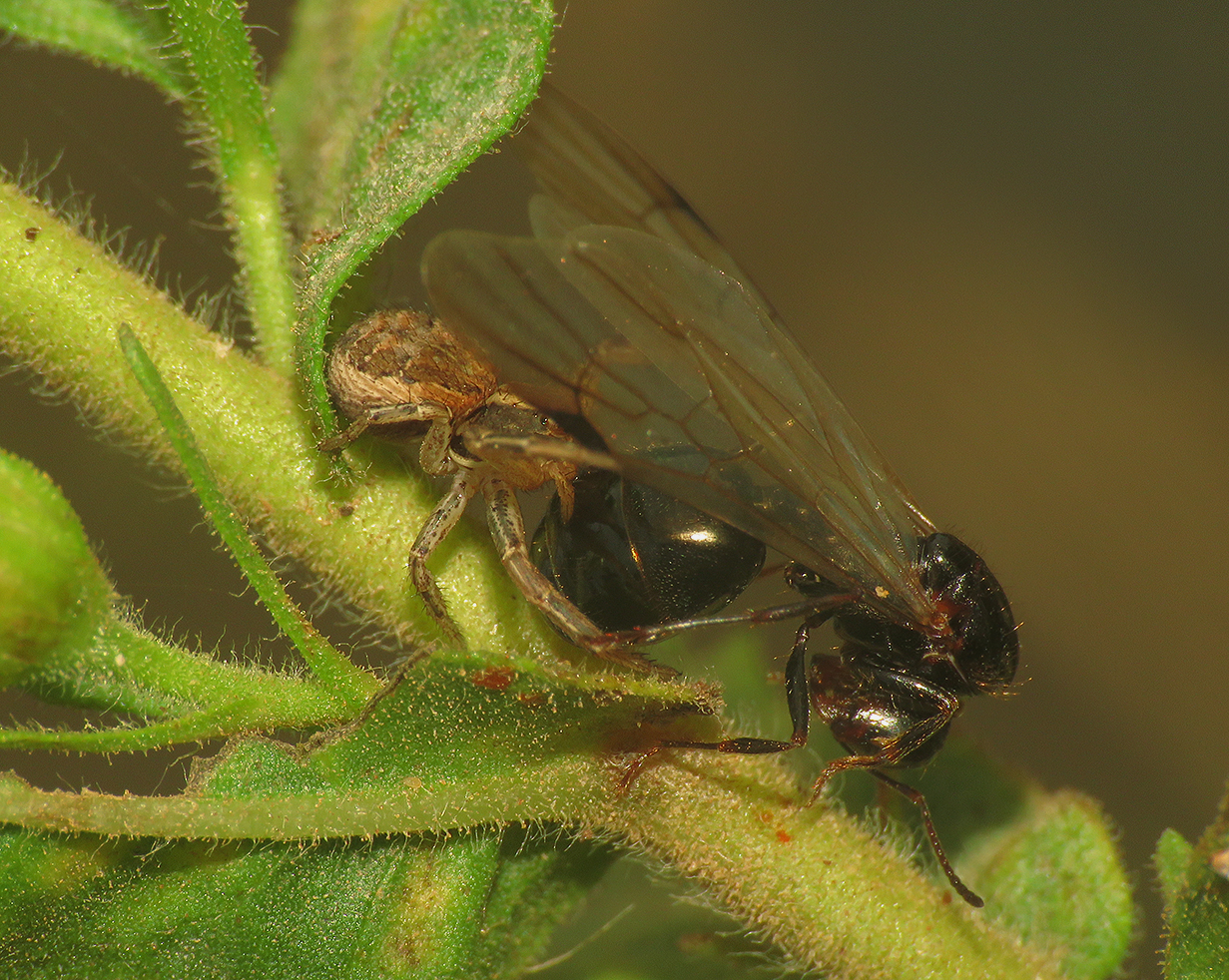
... was taken from a slightly different angle, and I came a bit closer, as well. The name of this third Xysticus species is Xysticus cristatus.
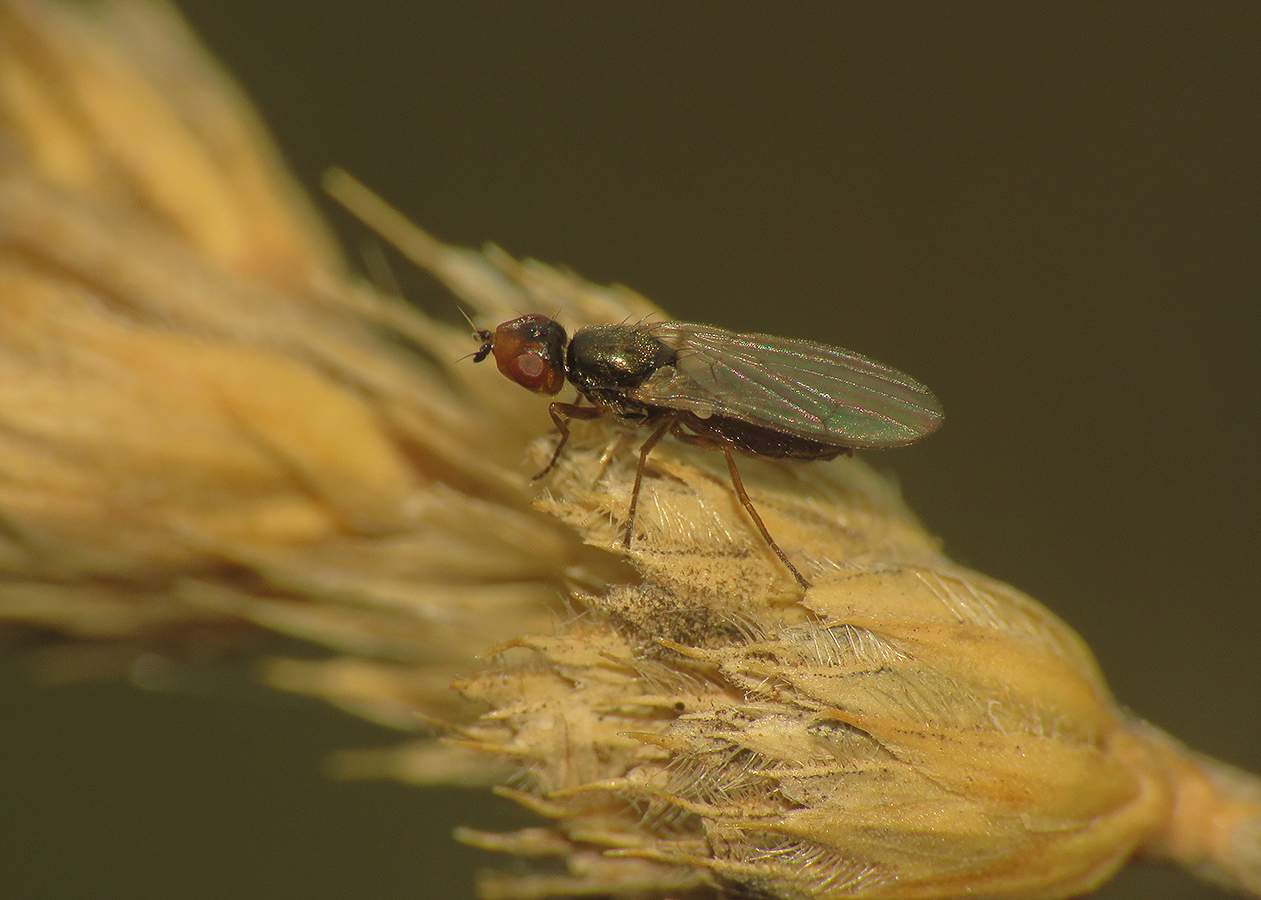
On one of the neighboring ears of the same kind of grass seen in previous shots that show the spiders and their prey, I found a small fly I don't remember seeing before.
Can't tell you the name of the species but I'm pretty sure that it belongs to the Anthomyzidae family.
The fly was photographed on the grass that grows by the side of an unpaved road that gets dusty or muddy depending on the weather. Down on the ground, in the middle of that road ...
... a Messor wasmanni queen was digging.
At some point, a worker ant of the same species stopped by for a second or two.
A bit later a small rove beetle entered the scene. With quite a few similar-looking, dark-colored rove beetles around, I'm not sure about the species in this case. Could be something from the genus Carpelimus, but here again, I'm far from being sure about that. The only thing that I'm completely certain about is that the family is Staphylinidae.
The queen shown in this and the previous three photographs had already dug a nice little cavern in the soil, a little cavern that doesn't look so small when compared to the size of the ant.
On the same road, a couple of meters further, I photographed another Messor wasmanni queen that had recently mated and lost its wings.
This one just started digging.
In this wide shot, you can see a bit of the scenery and the friend who was there with me. The ant queen is also present in the foreground, you can find her in the lower part of the picture.
Besides all these photographs, I also recorded a bit of footage while observing the ants at work. I planned to make a series of GIFs using that video material but the GIFs ended up being too big for upload so I decided to create a short video instead.
The music in the video is some lovely free-to-use stuff I found on Pixabay.
Music by Sergio Prosvirini from Pixabay
About a hundred meters from the place with ants, on the thorny leaves of the Carduus nutans thistle that grows by the side of another road, I photographed a beautiful, iridescent wasp from the Chrysididae family.
In these two shots, the wasp is cleaning its mouth and antennae, while in the following triptych...
... you can watch the same insect cleaning its wings and abdomen. The name of the species is Pseudomalus auratus.

This minuscule aphid was photographed on the same plant. It looked like a pale dot embedded in the structure of the leaf with a naked eye. The insect anatomy of that dot was revealed once I took a better look through the macro lens.

Capitophorus elaeagni is the name of this species from the Aphididae family.

A couple of meters from the thistle, I found a Crataegus monogyna flower. There was only one flower on the entire shrub.

Here you can see a detail from the blackberry shrub. Two lovely yellow leaves among the many green ones.
With the focus back on the thistle, I photographed this Limnophora tigrina, a fly from the Muscidae family.
As I said before, the thistle was - and still is, growing by the side of one of the many narrow roads that lead through Marlera. Most of the roads are just paths with less vegetation than the surroundings but this one is different - it was recently covered with a layer of gravel.
At some point, a snake appeared from the surrounding shrubs ...
... and continued moving towards the camera.
About ten meters from me, the snake changed its direction, ready to hide in the dense vegetation on the other side of the road. Regarding the name of the species, this is the non-venomous Hierophis viridiflavus carbonarius, commonly known as the western whip snake.
Here you can take a look at the vegetation and the scenery near the place where I photographed the and that started this post. The flowers in the foreground of the shot belong to the Centaurea nigrescens plant.
Not far from the flowers shown in the previous photograph, I found this grasshopper well-camouflaged in the fresh green grass.
Chorthippus brunneus is the name of this species that appeared in the previous episode as well.
This is the Helicoverpa armigera, a moth larva that appears in almost every episode.

Toya propinqua also isn't a newcomer to the series.

Unlike the planthopper of the same species that appeared in the seventh episode, the soft pale adult male shown in this and the previous photograph just came out of its old nymphal skin. In the following photograph ...
... you can take another look at the unpaved road where all the ants seen at the beginning of the post were photographed. The following scene ...
... was also photographed there. I don't know what's this situation exactly about. It seems that one of the dying reproductive males got attacked by the ants of the same species. Less than a meter from there ...
... a Messor wasmanni worker was transporting a small snail shell.
I followed this ant through the macro lens for a couple of minutes, and then ...

... I returned to my car and drove back home.
AND THAT'S IT. AS ALWAYS HERE ON HIVE, THE PHOTOGRAPHS & THE VIDEO ARE MY WORK - THE END. ... oh-no, wait ... I almost forgot to say the usual few words about Marlera. So, what's this place called Marlera? Well, Marlera is a coastal area situated a couple of kilometers from the village of Liznjan and about five or six kilometers from where I live.
The following links will take you to the sites with more information about some of the protagonists of this post. I found some stuff about them there.
https://www.antwiki.org/wiki/Messor_wasmanni
https://wiki.arages.de/index.php?title=Xysticus_kempeleni
https://en.wikipedia.org/wiki/Xysticus_cristatus
https://en.wikipedia.org/wiki/Anthomyzidae
https://en.wikipedia.org/wiki/Pseudomalus_auratus
https://bladmineerders.nl/parasites/animalia/arthropoda/insecta/hemiptera/sternorrhyncha/aphidoidea/aphididae/aphidinae/macrosiphini/capitophorus/capitophorus-elaeagni/
https://www.eakringbirds.com/eakringbirds2/insectinfocuslimnophoratigrina.htm
https://species.wikimedia.org/wiki/Hierophis_viridiflavus_carbonarius
Tags :
Their limit for today is $0!




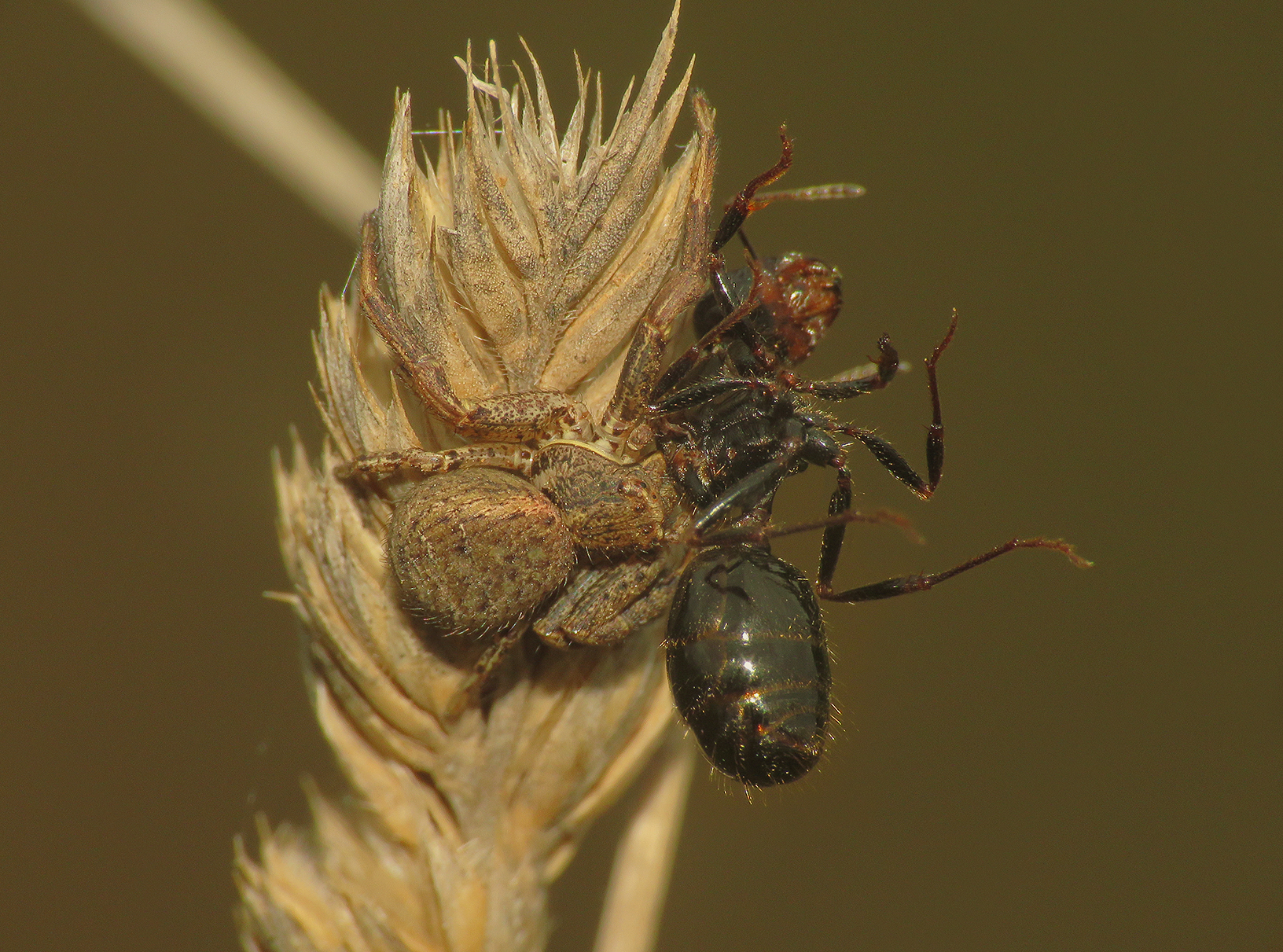

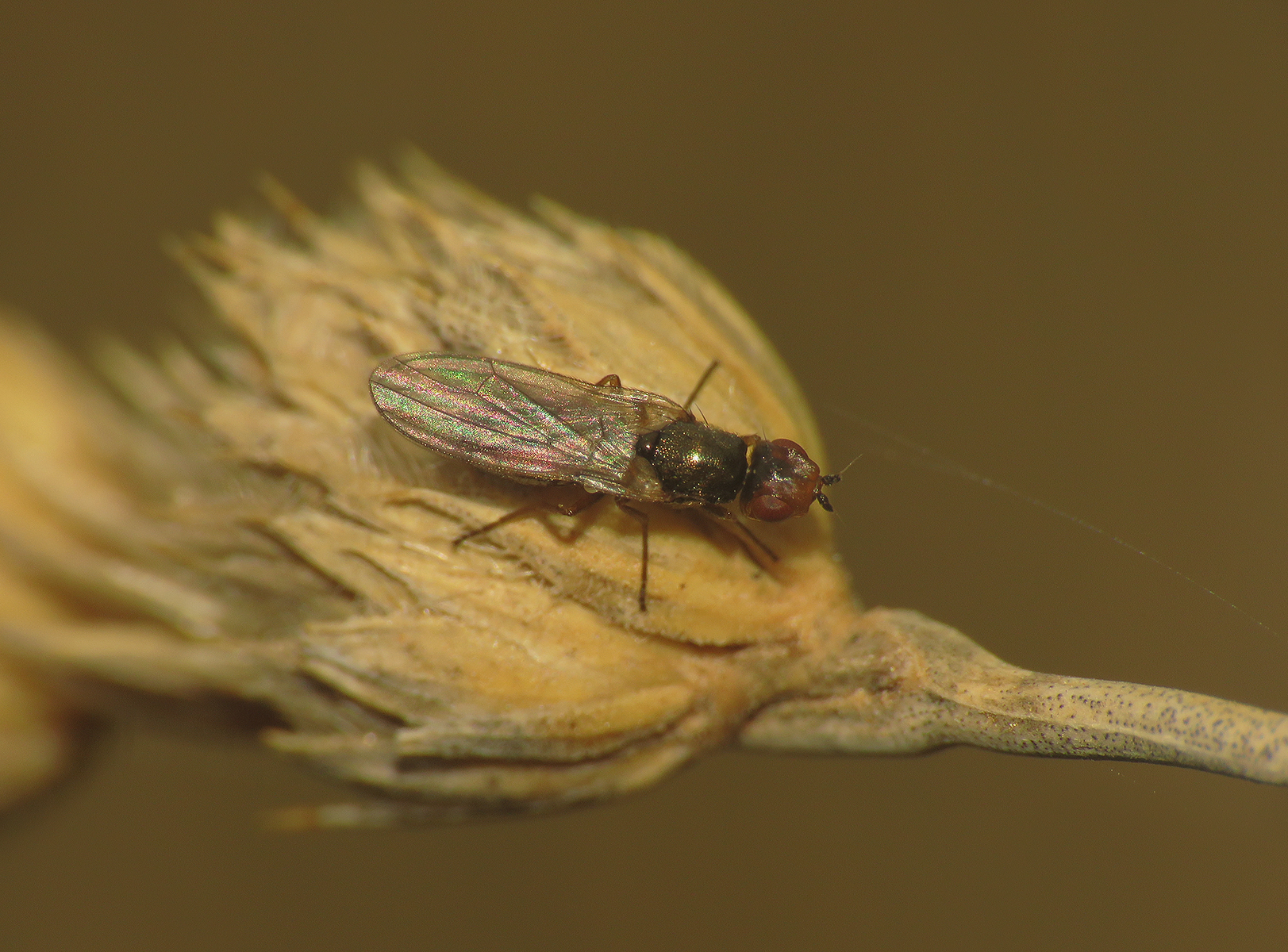















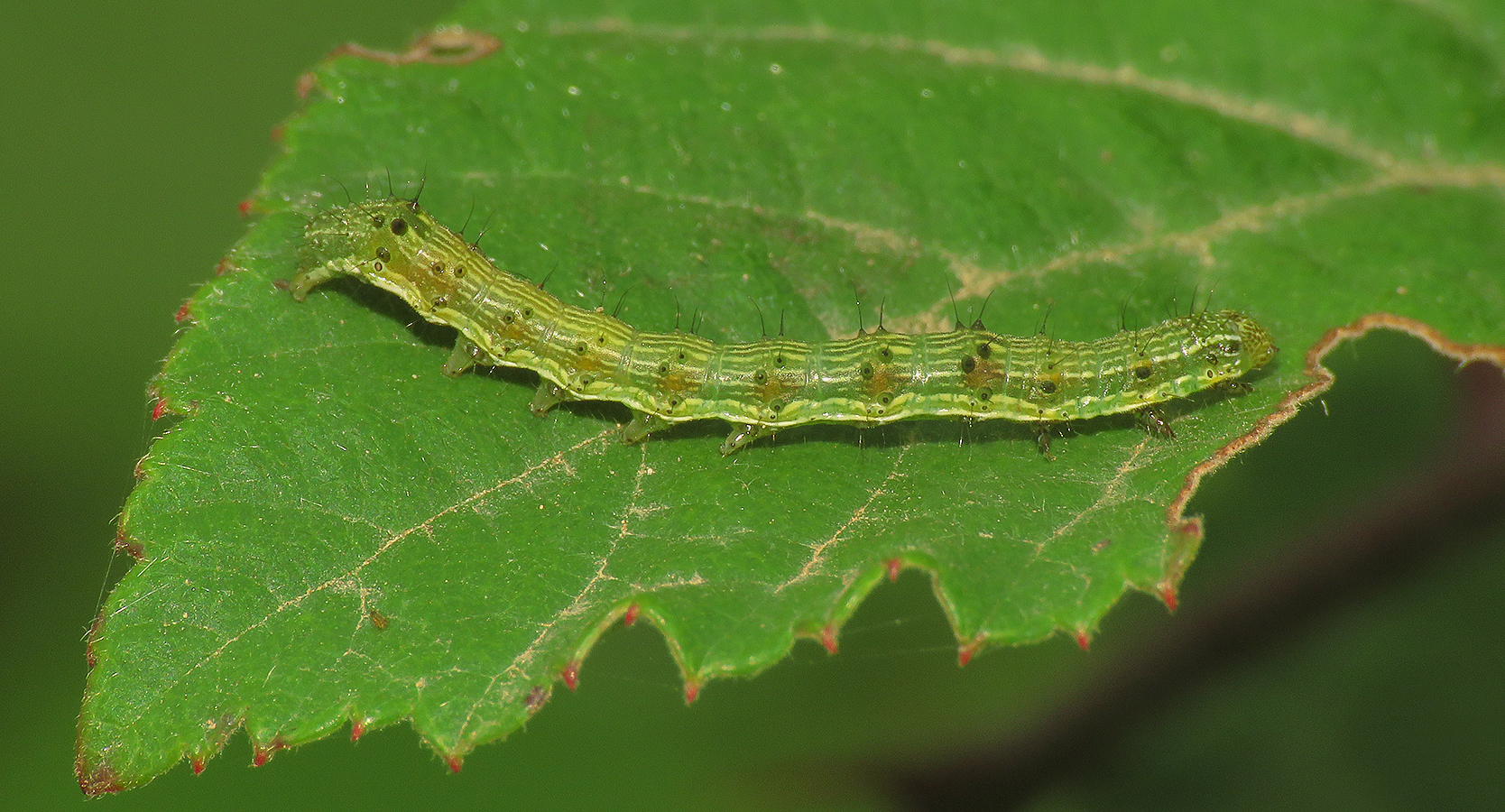







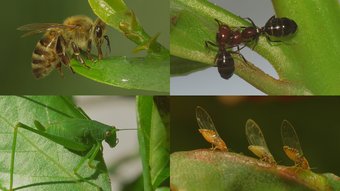










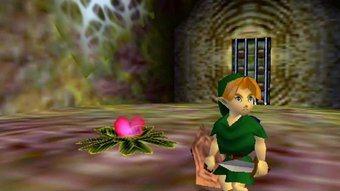








Comments:
Reply:
To comment on this video please connect a HIVE account to your profile: Connect HIVE Account